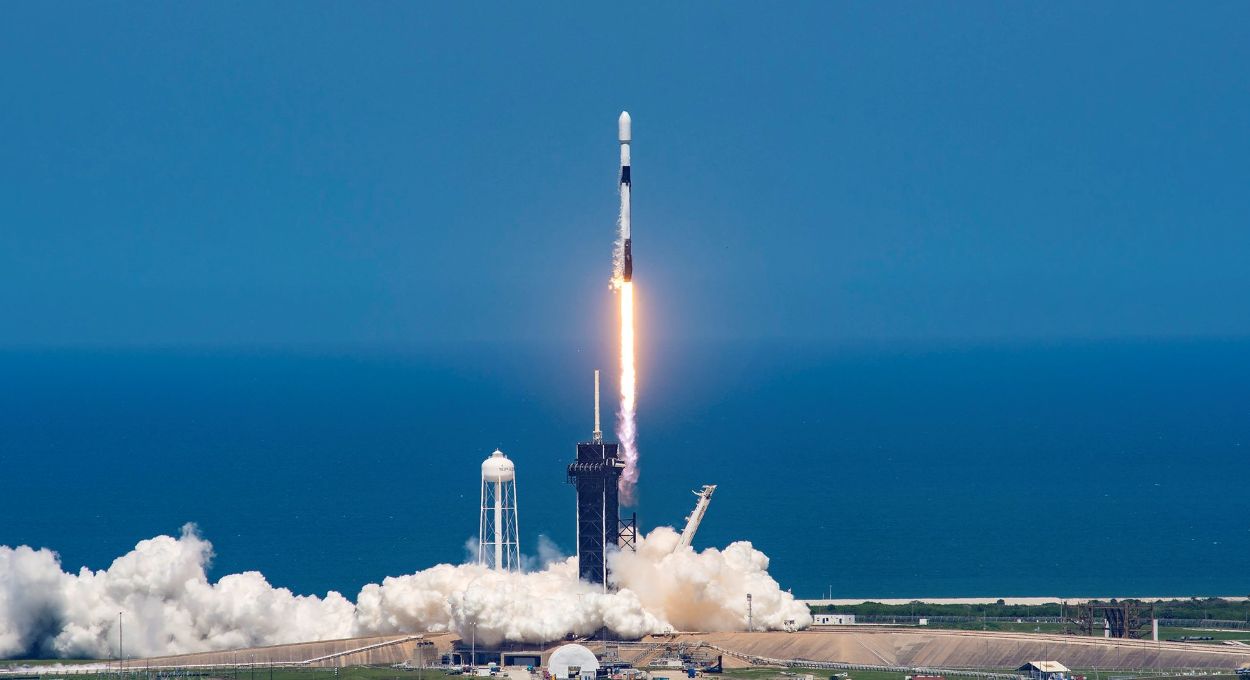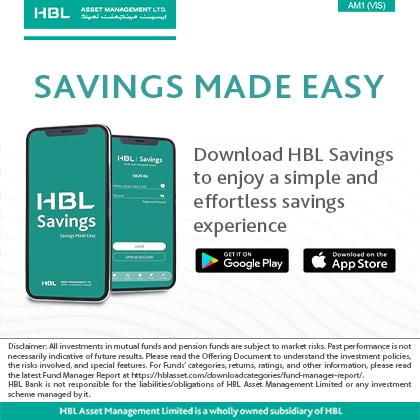On January 14, 2025, SpaceX successfully launched 131 satellites into orbit with its Transporter 12 mission, which used the Falcon 9 rocket and took off from Vandenberg Space Force Base in California at 2:09 p.m. EST.
The mission is part of the company’s rideshare program, designed to send multiple payloads into space for various customers in a single launch. The Falcon 9’s first stage booster completed a successful ground landing at Vandenberg’s Landing Zone 4, about 7.5 minutes post-liftoff.
Space.com reports that Transporter 12 is the twelfth instalment in SpaceX’s ongoing Transporter series, which serves commercial and government clients by carrying multiple payloads. Among the satellites, 37 were provided by Planet Labs, a San Francisco-based firm focused on Earth observation.
This payload included 36 “SuperDove” CubeSats and one Pelican-2 satellite, both designed for high-resolution imaging and equipped with AI-powered technology to analyze data almost in real-time. This mission was the second deployment for this Falcon 9 booster, previously utilized in the NROL-126 mission for the U.S. National Reconnaissance Office.
The Transporter 12 mission underscores SpaceX’s dominant role in facilitating rideshare payloads. The company has launched over 1,100 satellites through 13 rideshare missions, benefiting more than 130 clients, including 11 Transporter and two Bandwagon missions. The satellites were deployed into low Earth orbit within a 90-minute window, beginning 54 minutes after the rocket’s launch.
SpaceX’s rideshare program is crucial for entities like Planet Labs, offering satellite operators cost-effective and efficient space access. As global demand for satellite launches increases, missions such as Transporter 12 are pivotal in enhancing capabilities across various sectors, further solidifying SpaceX’s influence in space technology and deployment.






